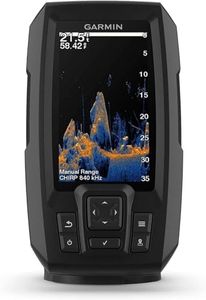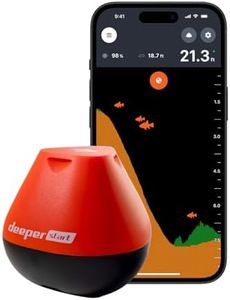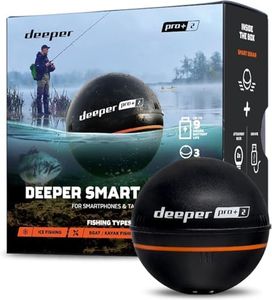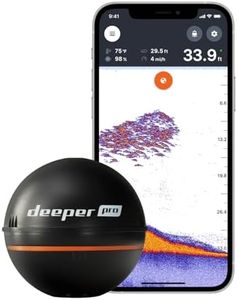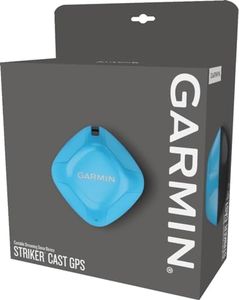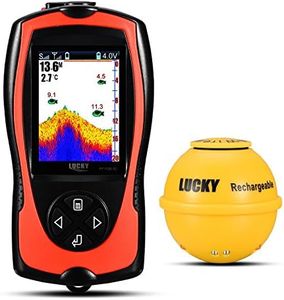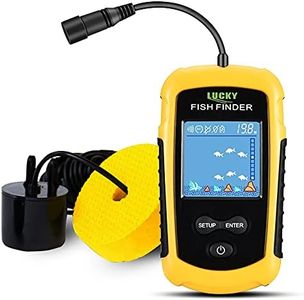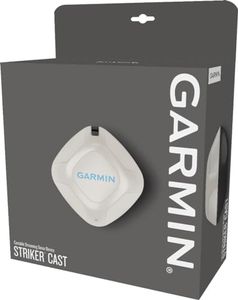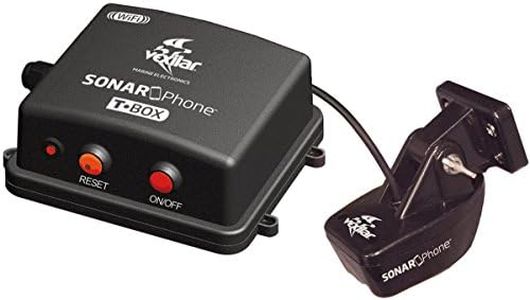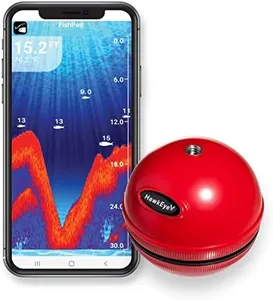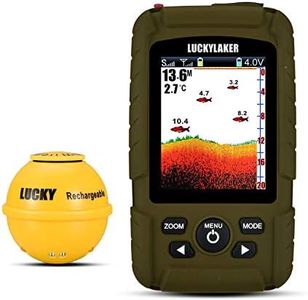We Use CookiesWe use cookies to enhance the security, performance,
functionality and for analytical and promotional activities. By continuing to browse this site you
are agreeing to our privacy policy
10 Best Castable Fish Finder
From leading brands and best sellers available on the web.Buying Guide for the Best Castable Fish Finder
Choosing the right castable fish finder is about matching the technology to your fishing style so you can get the most useful information without extra hassle. Before you pick, think about where and how you usually fish, how much info you really need, and how simple you want your tools to be. The best fish finder will help you see what's beneath the water so you can spend more time catching fish and less time guessing.Sonar FrequencySonar frequency refers to the sound waves the fish finder uses to create images under the water. Higher frequencies (like 200 kHz and above) give you sharper details but don't reach as deep, making them best for shallow lakes or rivers. Lower frequencies (like 50 kHz or 83 kHz) go deeper but with less detail, so they're better for deep lakes or saltwater. Pick based on where you fish most: shallow water, go higher; deeper water, go lower.
Connectivity (Bluetooth or Wi-Fi)Castable fish finders usually send their data wirelessly to your smartphone or tablet using Bluetooth or Wi-Fi. Wi-Fi tends to offer a stronger, longer signal, letting you cast farther away from the shore, while Bluetooth is generally simpler to set up but works over shorter distances. If you fish from the bank or kayak and like to cast far, look for Wi-Fi; if you stay close or want to keep it easy, Bluetooth could work.
Compatible Devices and App FeaturesEach castable fish finder has a specific app and list of supported devices. Some apps offer more features, like mapping, track-saving, or sharing catches, while others are more basic. Make sure the fish finder works with your phone or tablet and that the app has the tools you really want—think about whether you prefer simplicity or if you're interested in diving deep into mapping and trip history.
Depth and RangeThis tells you how deep the device can scan and how far away you can cast it and still get data back. For depth, if you fish in shallow rivers or ponds, even a modest depth rating will work, but you'll want a higher depth rating if you go after bigger fish in deep lakes or the ocean. Range is important if you want to cast far off a pier or shoreline; check that the maximum range fits with how you fish.
Battery LifeBattery life tells you how long the device can run on a single charge, and it's important if you fish for long stretches. Shorter battery life is enough for short trips or casual use, but longer outings need a model that can last all day. Think about your usual fishing trips: pick a battery life that comfortably outlasts your longest sessions.
Durability and Waterproof RatingSince you'll be casting and possibly knocking your fish finder against rocks or the water, it's important to consider how tough it is and if it can handle splashing or submersion. Look for waterproof ratings like IPX6 or IPX7 for protection against splashes or being briefly dropped in water. If you’re rough on your gear or fish in tough environments, pick a sturdy, highly water-resistant model.
